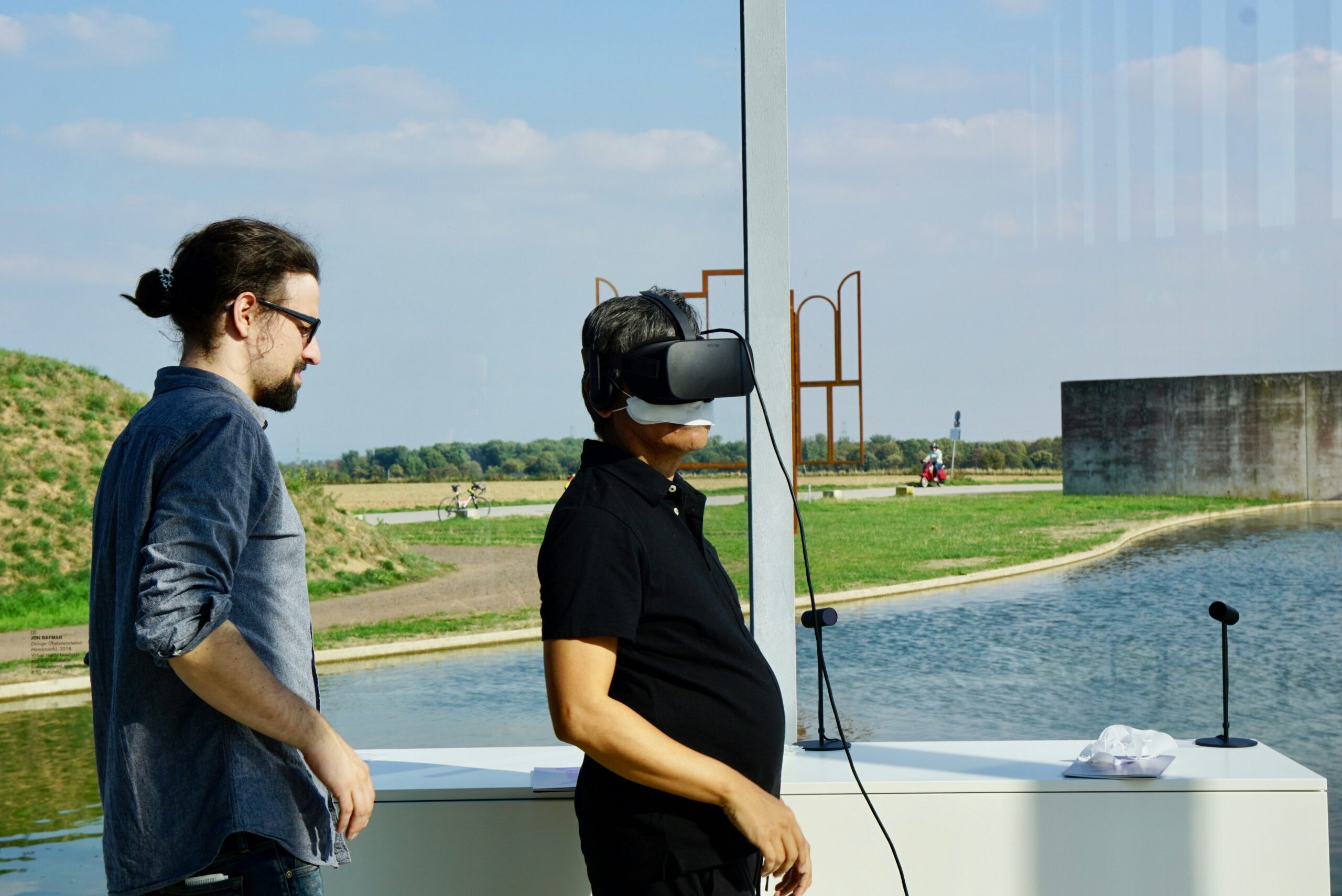NASA has a track record of daring explorations, ground-breaking discoveries, and growing human understanding of the universe. Since its founding in 1958, NASA has evolved from a Cold War-era endeavor centered on winning the space race to an international organization investigating worlds as distant as the outer reaches of our solar system and even further, as well as near as Earth’s atmosphere.

The Apollo Moon Landings of 1969–1972
The NASA Lunar Project is regarded as one of the greatest accomplishments in human history. It culminated with the successful moon landing of the Apollo 11 mission in 1969, the first time people set foot on any celestial body. Scientists’ seismometers provided information about the lunar interior, and the Apollo mission’s material provided information about the moon’s composition.
Exploration of Mars

NASA’s research on the Red Planet has significantly accelerated our understanding of the dwarf planet. Endeavour (2012), Spirit and Opportunity the Rovers (2004), Vikings (1975), and Perseverance (2021) are just a few of the missions that have produced previously unheard-of insights about the temperature, geology, and possibilities for the presence of ancient microbial life on Mars. Even gathering samples for a later return to Earth is a responsibility assigned to Perseverance.
Voyager Probes’ Journey Beyond the Solar System
The two Voyager 1 tests lifted off in 1977, producing the first close-up views of the outer planets and their moons. As the furthest man-made objects in the cosmos, both probes have now crossed the stars and are still returning data. They serve as evidence of NASA’s mission to explore space.
Hubble Space Telescope: A Window into the Cosmos
Since its launch in 1990, Hubble’s space telescope has changed the study of the cosmos by helping scientists measure the universe’s rate of expansion and by taking images of galaxies billions of light-years away. From researching black holes to verifying the existence of dark energy, it has made several contributions to astronomy.
International Space Station (ISS) and Microgravity Research

As a cooperative venture with space agencies worldwide, the ISS has allowed continuous human presence in space since 2000. It serves as a research laboratory for experiments in microgravity that are impossible on Earth, with studies ranging from human physiology to materials science, expanding possibilities for future space research.
New Horizons and the Outer Solar System
The New Borders project, which was established in 2006, was the first to fly past Pluto and capture images of it in 2015. The findings demonstrated the planet’s complex geology and atmosphere. New Horizons provided insights into this distant region of our solar system and expanded our understanding of planet formation by venturing further into the Kuiper Belt.
James Webb Space Telescope: A New Era of Discovery
NASA’s finest space observatory to date is the James Webb Space Telescope, which took flight in 2021. By collecting light from the first stars and galaxies to emerge after the Big Bang, it seeks to view even farther back in time than Hubble and provide fresh insights into the universe’s beginnings.
Climate Research and Earth Science Missions

Using satellites and observational instruments, NASA’s Earth Science Branch keeps an eye on the planet’s atmosphere, seas, and land. Global attempts to comprehend and lessen environmental changes have benefited from the vital data missions such as Aqua and Terra spacecraft have offered on air pollution, ocean currents, and climate change.
Advancements in Astrobiology and the Search for Life
Beyond global exploration, the efforts concentrate on identifying habitable planets and comprehending the possibility of extraterrestrial life. Thousands of exoplanets have been found via jobs like Kepler and the TESS (Getting Exoplanet Poll Satellite), and the number of possibly habitable ones is increasing.
Public Engagement and Inspiration
Despite its scientific accomplishments, NASA inspires future engineers, scientists, and explorers. NASA has helped promote global space exploration by disseminating mission data, images, and discoveries.

